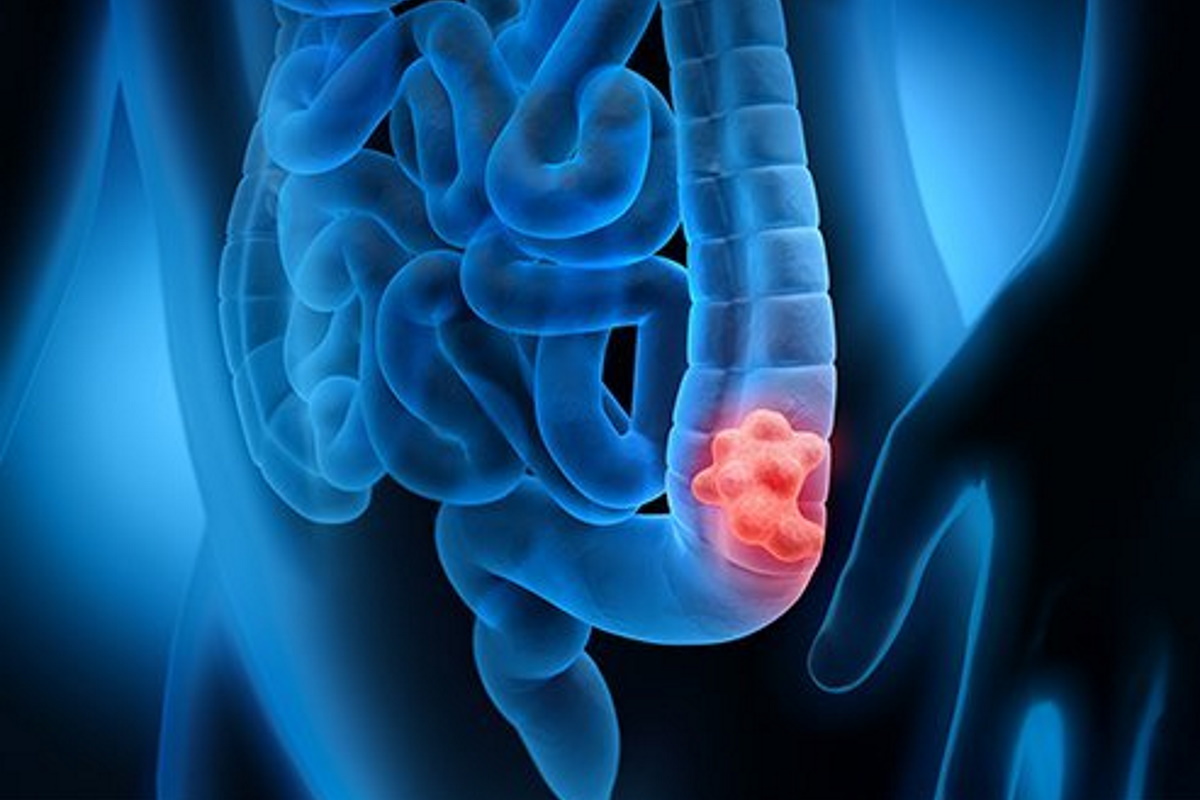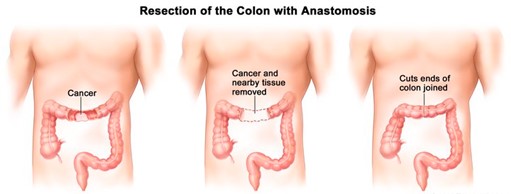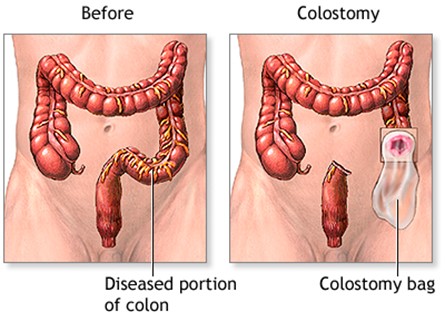
Treatment Options for Colon Cancer
The treatment options depends on a variety of factors such as;
- Location of the cancer
- Stage of the cancer
- Whether you have distant metastasis (such as in the liver or lung)
- Your general health
These are some treatment strategies which may be offered to you;
- Surgery alone (if the cancer stage is early with no spread or there is a low risk of recurrence)
- Surgery with post-operative Chemotherapy
- Chemotherapy with Radiotherapy
Colo-Rectal Cancer Surgery
The surgery will involve the removal of the cancer and adjacent segment of healthy colon on either side of the cancer followed by joining the cut ends together (known as anastomosis). Some of the nearby lymph nodes may also be removed if necessary. This segment of the colon with the cancer (and lymph nodes) will be sent to be examined by a histopathologist to determine the exact cancer cell type and for cancer staging purposes.

Click to view Surgical Training video on Types of Colo-rectal Cancer Surgery
Description of the Types of Colo-rectal Surgery
- Right Hemi-Colectomy is performed for cancers in the appendix, caecum, ascending colon or part of transverse colon
- Left Hemi-Colectomy is performed for cancers in the descending colon or part of transverse colon
- Anterior Resection is performed for cancers in the sigmoid and rectum
- Abdomino-Perineal Resection is performed for very low rectal or anal cancers

Colostomy or Stoma
A colostomy (known as stoma) may be required if there is insufficient healthy colon for anastomosis, if the cancer is too low in the rectum or anal region, if the cancer is not resectable or if there is surrounding infection, inflammation or gangrene.

Recovery at After Surgery
The success of colorectal surgery depends on both the surgeon’s efforts and the patient’s attitude towards the recovery process. Each has a role to play towards a desirable result. Good outcomes also depends on the following areas;
- Good nutrition with adequate calories and protein intake
- Deep Breathing Exercises and Mobility Exercises at the hospital
- Daily gentle exercise routine at home
- Incentive spirometry
- Adopt a healthier lifestyle with good sleep and rest
Possible risks of surgery
- Anastomotic leak
- Bleeding
- Infection or assess formation
- Ileus
- Adhesions
- Anastomotic structure (narrowing)
- Blood clots in the leg (known as Deep Vein Thrombosis or DVT)
Inform your doctor if you have high fever, shortness of breath, pain in your abdomen which is getting worse, redness or blood / fluid leaking from the wound site
Disclaimer. TELEME blog posts contains general information about health conditions and treatments. It is not intended to be a substitute for professional medical advice, diagnosis or treatment. The information is not advice and should not be treated as such.
If you think you may be suffering from any medical condition, you should seek immediate medical attention from your doctor or other professional healthcare providers. You should never delay seeking medical advice, disregard medical advice, or discontinue medical treatment because of information on this website.








